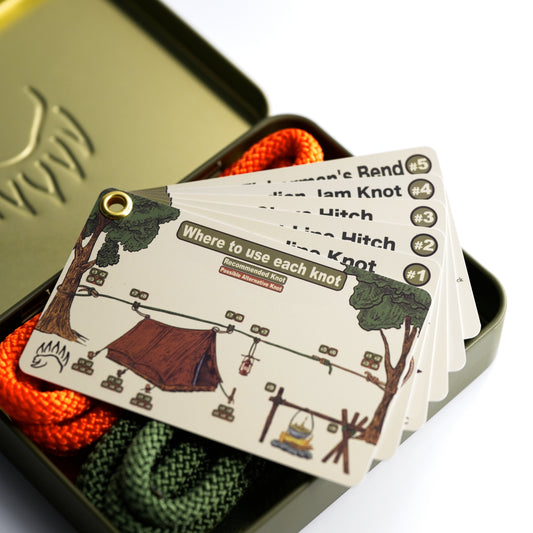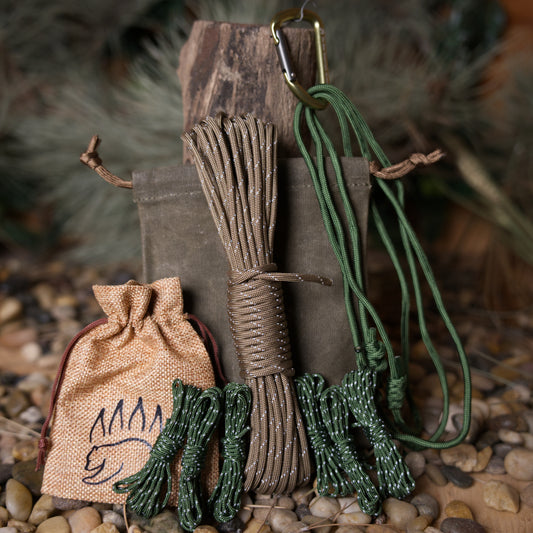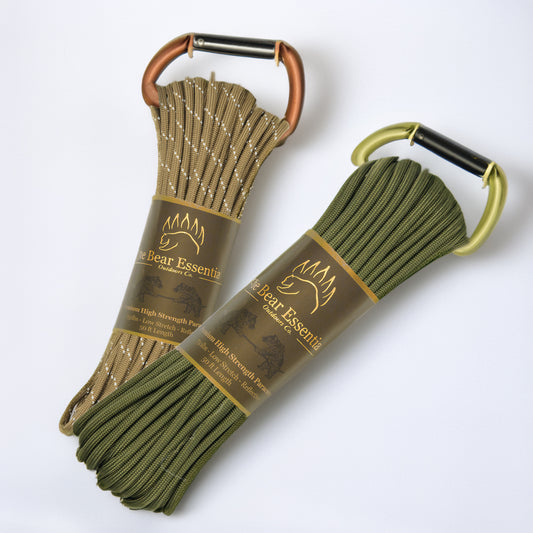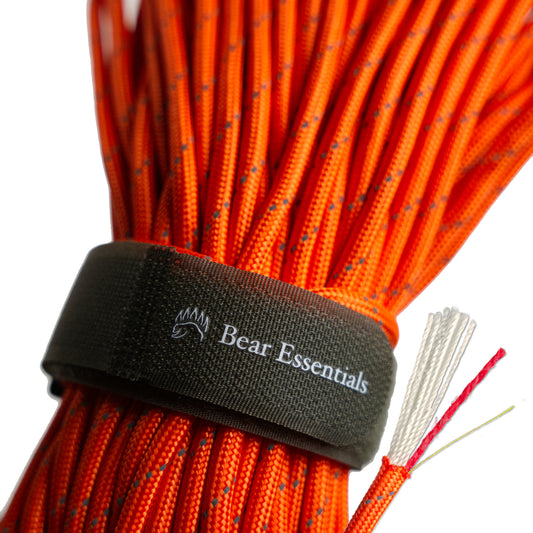How to Tie the Spanish Bowline
Usage
The Spanish Bowline forms two secure loops that can be adjusted independently, making it ideal for light rescue work, arborist tasks, and lifting applications. Commonly used for suspending ladders or as a makeshift Bosun’s chair, it’s versatile yet requires careful tightening to avoid slippage.
Why Learn the Spanish Bowline?
The Spanish Bowline offers flexibility with its adjustable loops, making it suitable for various tasks requiring balanced load distribution. Its elegant design and versatility are perfect for rescuers, arborists, and bushcraft enthusiasts.
Common Uses
-
Rescue Operations:
- Lifting conscious individuals with loops around their legs.
- Securing unconscious individuals with loops around their armpits and knees.
- Arborist Work: Hoisting tools or stabilizing loads.
- Bushcraft and Camping: Suspending equipment or creating fixed points.
- Ladder Suspension: Used by carpenters to suspend ladders securely.
ABOK Number
(Ashley Book of Knots)
Other Names
Type
|
Notable Features
- Double Loops: Each loop can be adjusted independently.
- Non-Jamming: Easy to release even after being loaded.
- Versatile: Effective for lifting, hoisting, and stabilizing tasks.
Variations
Fireman’s Chair Knot vs. Spanish Bowline
- Pros: Easier to tie and less prone to slippage.
- Cons: Lacks the symmetry and elegance of the Spanish Bowline.
Portuguese Bowline vs. Spanish Bowline
- Pros: Simplifies the tying process.
- Cons: Less elegant with loops not independently secured.
Perfection Loop vs. Spanish Bowline
- Pros: Compact and secure for fishing and rigging.
- Cons: Not designed for dual-loop applications.
Similar Knots
Perfection Loop vs. Spanish Bowline
- Pros: Compact and secure for fishing and rigging.
- Cons: Not designed for dual-loop applications.
Directional Figure Eight vs. Spanish Bowline
- Pros: Strong loop knot for parallel loads.
- Cons: Lacks the adjustability of dual loops.
Double Bowline vs. Spanish Bowline
- Pros: Faster to tie with reliable load handling.
- Cons: Less symmetrical compared to the Spanish Bowline.
History
The Spanish Bowline has roots in rescue work, first documented by Ashley (ABOK #1087). Its primary use was lifting individuals in emergencies, making it a versatile tool in maritime, firefighting, and outdoor scenarios.
Security Level
While secure when properly tightened, the Spanish Bowline requires balanced loading on both loops to prevent slippage. Ensure the knot is drawn tightly for maximum reliability.
Downsides
- Can Slip: If not tightened properly.
- Requires Equal Loading: On loops to maintain security.
- Complex to Tie: Compared to simpler alternatives.
Structure
- Create a loop at the rope’s end and tuck it under parallel lines.
- Twist each side of the loop inward, forming two smaller loops.
- Insert the left loop through the right loop, moving under and then over the ropes.
- Pull the new lower loop’s sides through the upper loops.
- Tighten by pulling the vertical ropes while adjusting the loops.
FAQ
What is the Spanish Bowline used for?
It’s used for rescue, lifting, arborist work, and as a Bosun’s chair alternative.
Is the Spanish Bowline secure?
Yes, but it must be tightly drawn, with balanced loading on the loops.
Can the loops be adjusted?
Yes, the loops can be resized before tightening the knot.
How does it compare to the Portuguese Bowline?
The Spanish Bowline’s loops are independently fixed, providing more stability.
Is it easy to untie?
Yes, it’s non-jamming and can be untied even after bearing a load.
Important Notes on Safety
The Spanish Bowline is a reliable knot for non-life-critical applications. Always ensure equal loading on both loops and tighten the knot thoroughly to prevent slippage.









